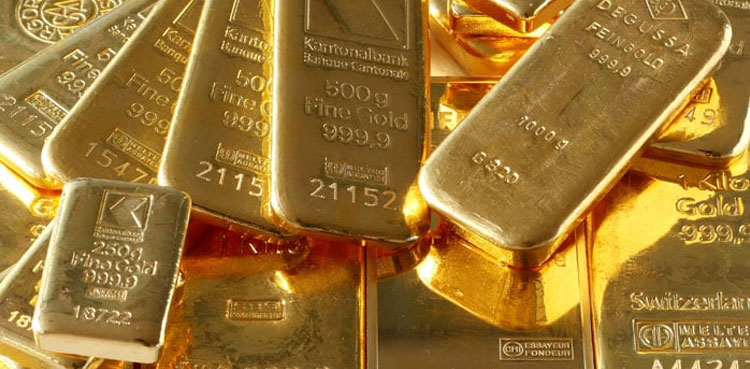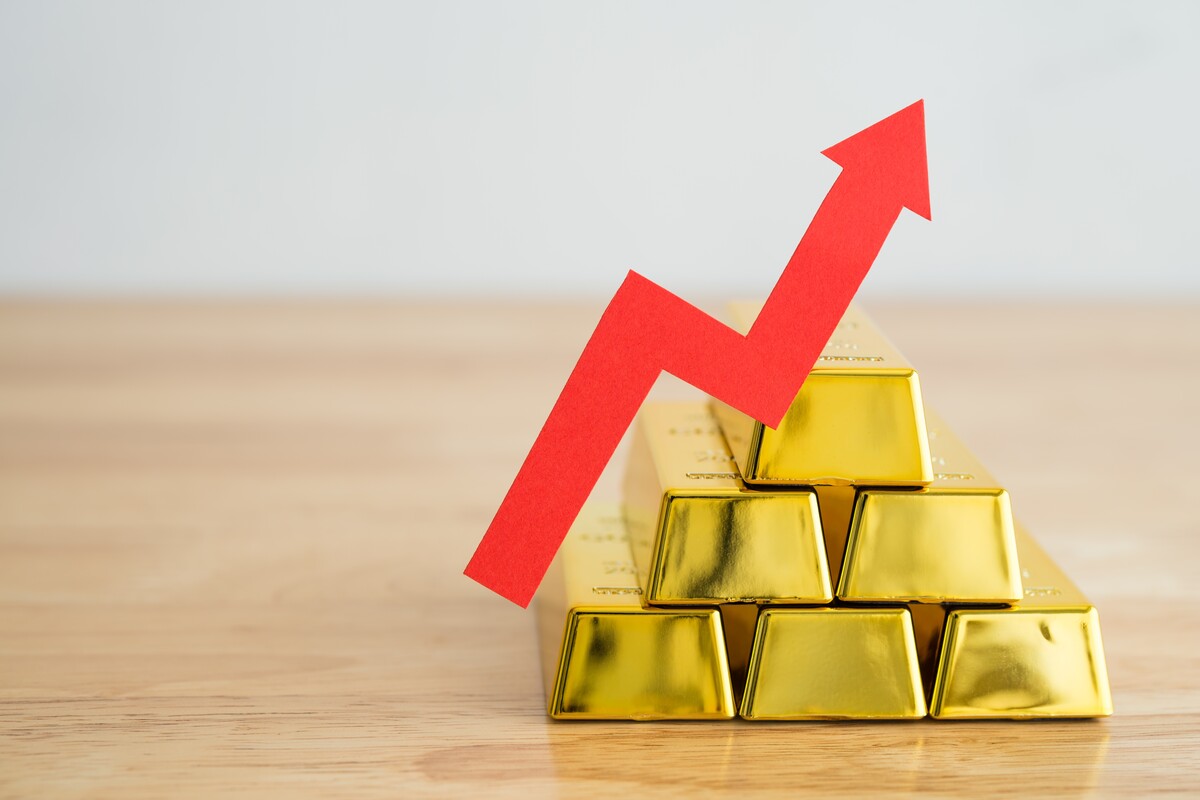Gold prices rose on Friday due to the increasing tensions in the Middle East, which led investors to seek the safe-haven status of the precious metal. Despite stronger-than-expected U.S. inflation data boosting the dollar and Treasury yields, spot gold was up 0.5% at $2,038.19 per ounce, marking nearly a month of trading above the $2,000 level. Similarly, U.S. gold futures were up 1.2% to $2,042.90.
Kunal Shah, head of research at Nirmal Bang Commodities in Mumbai, highlighted the impact of the geopolitical conflict in the Middle East on the rise in gold prices. He mentioned that despite the stronger-than-expected CPI print, gold prices have recovered and are expected to continue rising.
The recent widening of the conflict in the Middle East, specifically the strikes launched by the United States and Britain against sites linked to the Houthi movement in Yemen, has raised concerns about the durability of stock market rallies and the potential for central banks to cut rates.
Looking ahead, the markets are awaiting U.S. producer prices data after data on Thursday showed U.S. consumer prices rose more than expected in December. Fed officials have indicated insufficient progress on inflation to start cutting rates in March, but traders still see a 71.4% probability of a March cut, according to the CME Fedwatch tool.
Despite the potential for higher rates to diminish the appeal of non-yielding bullion, UBS analyst Giovanni Staunovo expressed optimism about the support for the price of gold, as market participants continue to expect a soft landing of the U.S. economy, allowing the Fed to cut rates over the coming months.
In addition to gold, other precious metals also saw gains. Spot silver rose 0.7% to $22.91 per ounce, platinum gained 0.6% to $920.42, and palladium climbed 0.2% to $990.25.
Additional Insight:
The geopolitical tensions in the Middle East have historically had a major impact on the price of gold. As a safe-haven asset, gold tends to increase in value during times of increased geopolitical uncertainty and conflict. This is due to the fact that investors view gold as a store of value and a hedge against potential economic instability. Therefore, during periods of heightened geopolitical tensions, the demand for gold tends to increase, driving up its price. In this context, the ongoing conflict in the Middle East is likely to continue supporting the upward momentum of gold prices in the near future.









